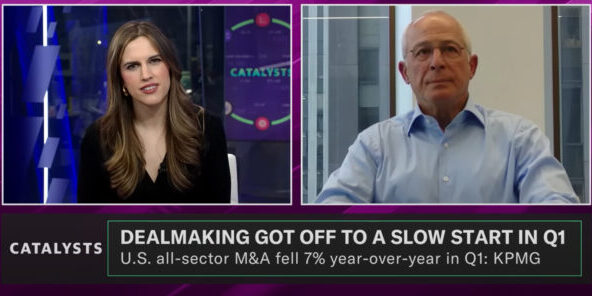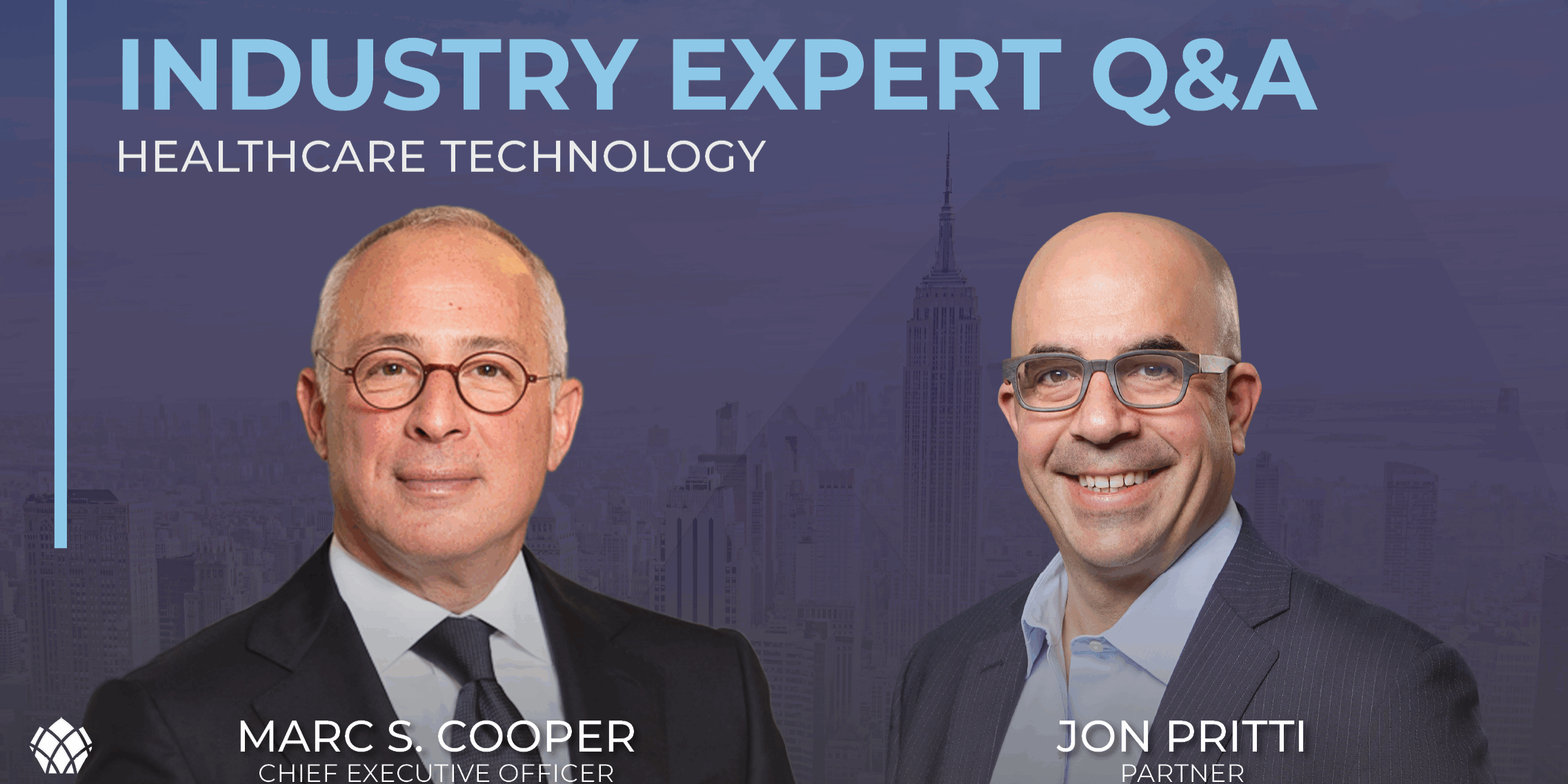Marc Cooper Discusses How Corporate Leaders Are Focused On Calibrated, Strategic Transactions
M&A Designed For A Low-Growth World
by CEO Marc S. Cooper
After a couple of lean years in the merger and acquisition world, it feels as if the cadence of deals has picked up going into 2024. Take a closer look at the M&A opportunities that companies are chasing these days, and I think you’ll find interesting insights about the direction of the U.S. economy.
As I make the rounds with my clients, it is clear that corporate leaders are once again considering buying, selling and consolidating assets to enhance market positions and reconfigure business portfolios. Yet the mood in 2024 is far different than the early 2020s when risk-on, transformative deals were all the rage.
At the start of the decade, the global M&A market seemed to defy gravity. With borrowing costs at near zero levels, chief executives and their boards scrambled to scale up their businesses amid soaring valuations. They ventured into entirely new markets with aggressively financed mergers to radically expand the size of their company, or even create entirely new ones.
Remember 2021? That year saw a record-breaking $5.9 trillion in M&A deal values, powered by corporations, private equity firms and special-purpose acquisition companies. That irrational exuberance isn’t coming back anytime soon, but we should see a return to a healthy level of M&A activity.
A More Measured Approach To Deals
Today, most corporate leaders I talk to are far more focused on calibrated, strategically focused transactions to help them survive and thrive in a low-growth economic environment. This may seem like a bit of a paradox, but a challenging economic environment may actually be an advantageous moment for deal-making.
Revenue growth is far harder to come by, yet CEOs, particularly at public companies, remain under considerable pressure from their boards, shareholders and activist investors to deliver robust earnings performance. When done with consideration and care, M&A may be an attractive and relatively low-risk form of investment that can help companies sharpen their market position, business portfolio and innovative capabilities.
While interest rates remain at relatively high levels, the Fed is probably finished with its credit tightening cycle, now that the inflation rate has retreated. Yet while the Fed is expected to start trimming its key benchmark interest rate this year, now in a targeted range of 5.25%-5.5%, the reductions are likely to be gradual and extend into the middle of the decade.
The good news is that corporate America has come through the pandemic flush with an unprecedented amount of cash. When this substantial liquidity is coupled with a desire for growth, mergers and acquisitions start to make sense for some companies.
You are already starting to see these dynamics play out in the healthcare sector, where Big Pharma companies are actively pursuing M&A to restock their late-stage pipelines and diversify into new innovative modalities. In January, more than $6.4 billion in healthcare deals were announced at the annual JPMorgan Healthcare Conference in San Francisco.
Big multinational pharmaceutical companies invest billions in R&D in search of the next big thing. Yet if you are running a Big Pharma multinational like Eli Lilly or Bristol Myers Squibb, you have another option: acquire a commercially promising drug and expertise in the marketplace. Sometimes the smart play for Big Pharma is simply to acquire a new capability elsewhere. That risk-reward proposition helps explain why Eli Lilly acquired POINT Biopharma to diversify into the radiopharmaceutical modality, now heavily reliant on its obesity and diabetes franchises.
M&A On The Rebound
More broadly, there is a lot of pent-up energy in the global M&A market, where the pace of initial public offerings and private equity-driven deals has been subdued during the past two years, thanks in part to the uncertainty surrounding interest rates. Now, with Fed policy moving toward a more accommodative stance, companies and deal-makers are ready to get back into the M&A market.
I expect corporations will leverage their cash-rich balance sheets and premium share prices to pursue add-on acquisitions for growth. Likewise, with an estimated $2.8 trillion of unrealized investments sitting in private equity portfolios, PE will no longer be able to sit on the sidelines and wait out the market. As rates come down and valuation gaps narrow, financial sponsors will likely reenter the market, eager to monetize their investments, return capital to limited partners and raise new funds.
Add it all up, and I think we are seeing the start of a meaningful rebound in global M&A. It will be more calibrated and targeted than the deal-making frenzy earlier in the decade. Then again, maybe that is not a bad thing for investors and the long-term competitiveness of corporate America.
This article originally appeared on Forbes.com.





